Take a look at your website.
Do it now before you read any further. See how many bullet points there are, and how often can you spot the word, “we”?
Finished? Right, let’s have a chat about your website…
Your website isn’t a brochure. It’s not a list of everything you can do and everything you might want to do for your clients at some point in the future. It’s not your personal showground to tell everyone how wonderful you are or how important you are.
So why are you presenting it as though that’s what it is?
I recently went to a law firm’s website looking for the person who deals with construction law. Could I find that person? Not on the home page. Fair enough, that might not be the best place. How about the services page? No, despite there being a list as long as your arm, of all the detailed things the firm might do, no sign of construction disputes.
Eventually I found it. But I had to be very determined. I doubt many would be as stubborn as me.
This isn’t exclusive to law firms. As John Forbes pointed out, it’s an affliction common to many professional services businesses. Maybe it’s partly because we sell something very intangible. We don’t have a product with an obvious benefit, we have competent people and trust. Which are very difficult things to sell.
So often people seem to write websites full of meaningless bullet point lists of things they want to sell to people. No thought is given to what folk want to buy. The lists seem to have been drawn up by someone in minutes when they were thinking of something other than the client.
What about me?
Corporate websites often spend far too much time talking about themselves.
The brilliant Jon Williams gave a talk to our constructing excellence group recently. He suggested that if you’re preparing a tender and the balance of “you” to “we” in your writing isn’t at least 50/50, but ideally 60/40, you won’t win that tender.
The same is true of your website. People come looking not for shopping lists of things they never want to buy and you don’t really provide, or to find out how many employees you have or how rich you are. They come looking for information on how you can help them with the problem they have.
If your website isn’t helping, then there’s a chance your visitor will simply give up.
But it’s my Business…
Websites are often designed around your own corporate structure. Your corporate structure might make sense to you. For example, putting construction in with real estate or putting roads under infrastructure but railways with construction because someone internally thinks it makes more sense.
Keep things simple and clear. Put information where the user would logically expect to find it. And if you’re not sure, ask one or two users.
But really, can’t it all be about me?
Please avoid internal corporate branding-speak. This seems to be an increasing habit. Companies come up with what they think is a cute way of packaging their services into a three-letter acronym or a cryptic brand title. Your customers will be utterly turned off by this. We’ve mentioned Drayton Bird before on these pages, but he has a point when he refers to the ‘gentle swish of creative masturbation‘ – and it applies to these things as much as to design. Stop it. Right now.
So please. If you’re writing your website, apply the we/you rule above, and think of what your visitor wants to buy, not what you want to sell. Because your visitor is as self-interested as you are, but you don’t want them to know how self-interested you are the minute you open your front door to them. Stop trying to be clever and structure your site clearly and simply. If you’re not sure what that means, ask the people you’re expecting to use the website to help you.

